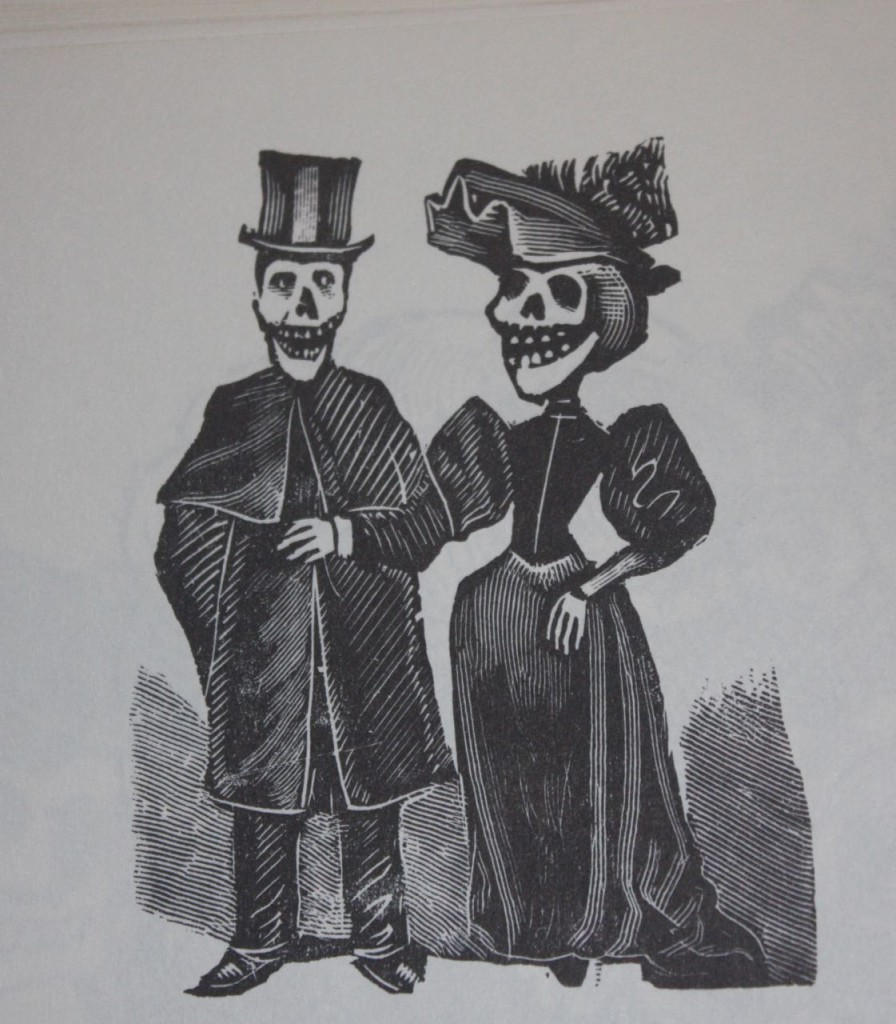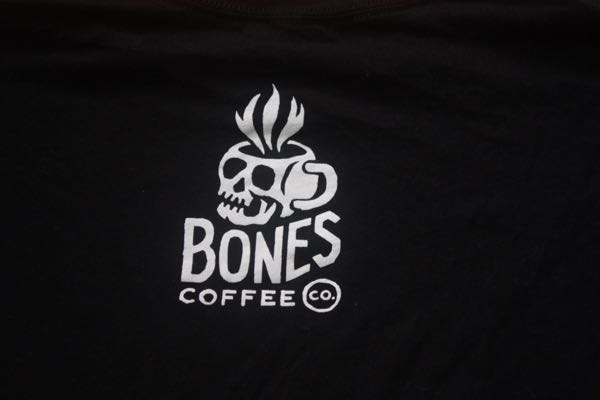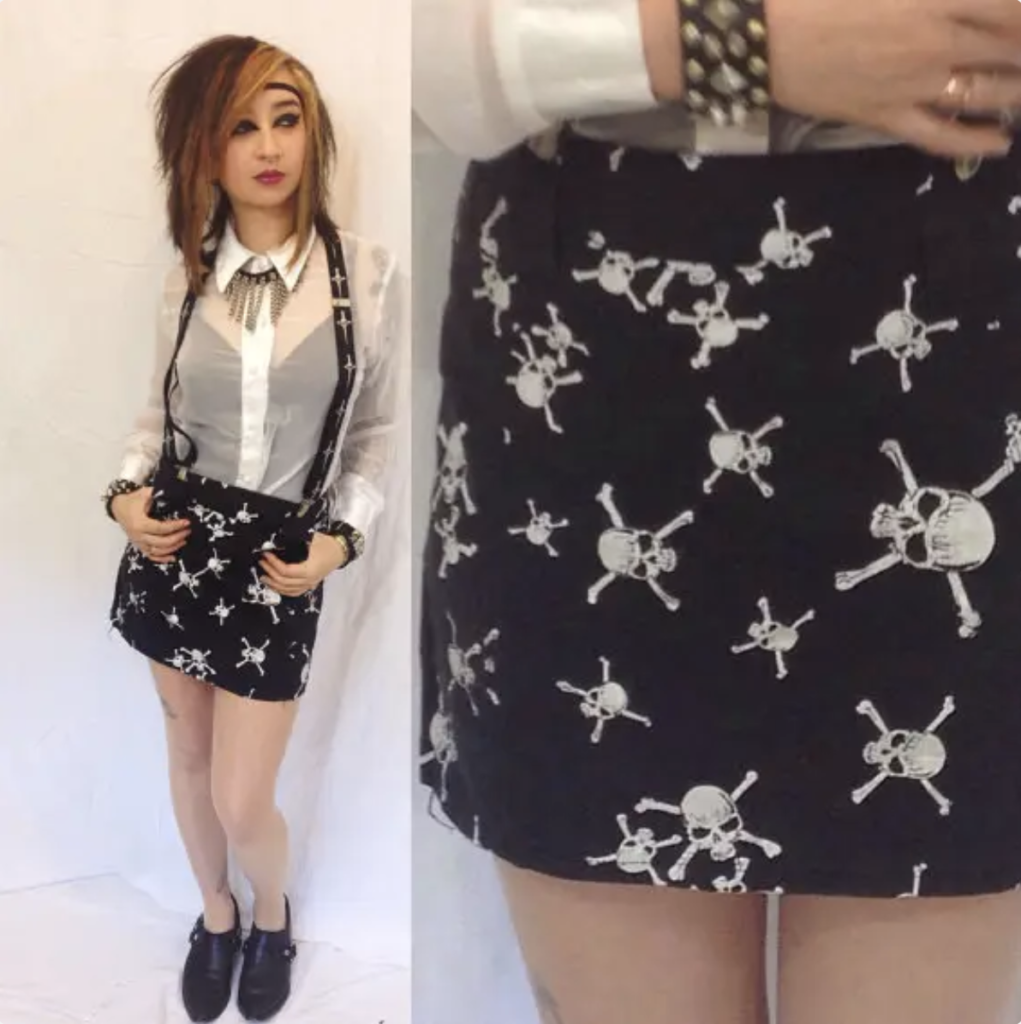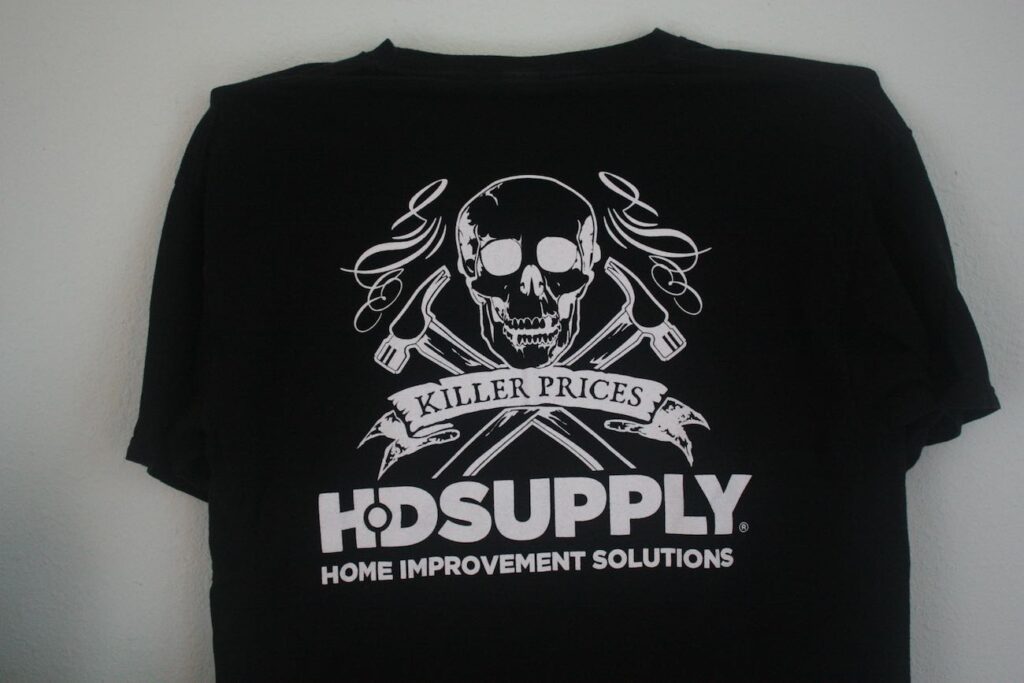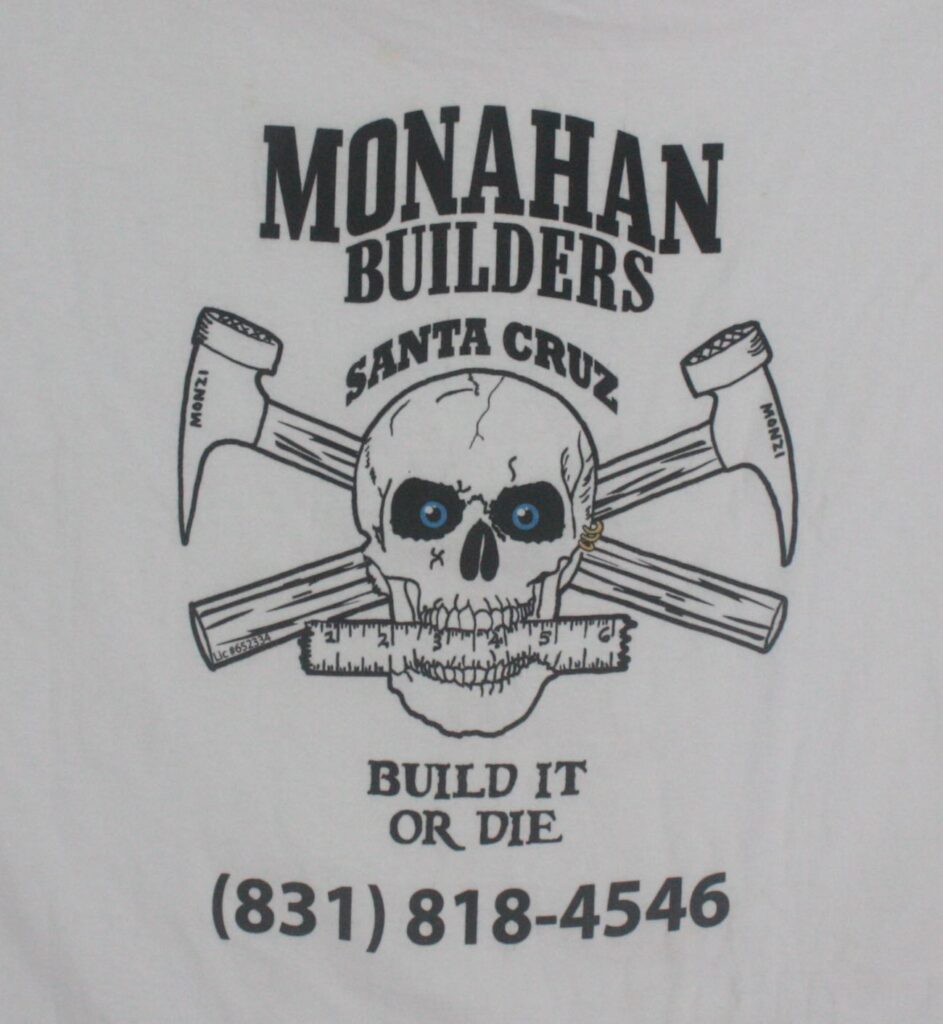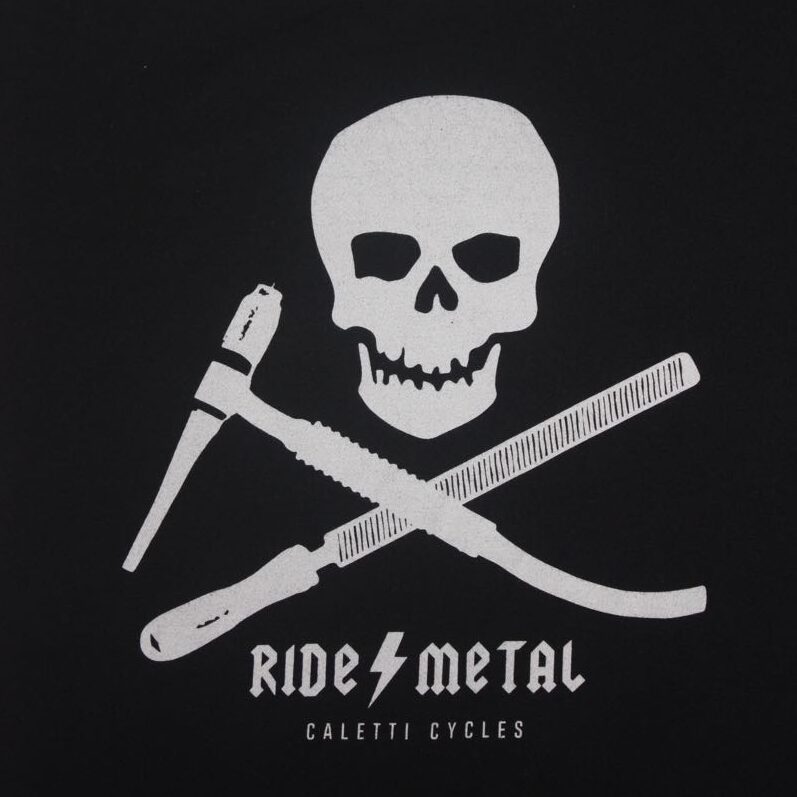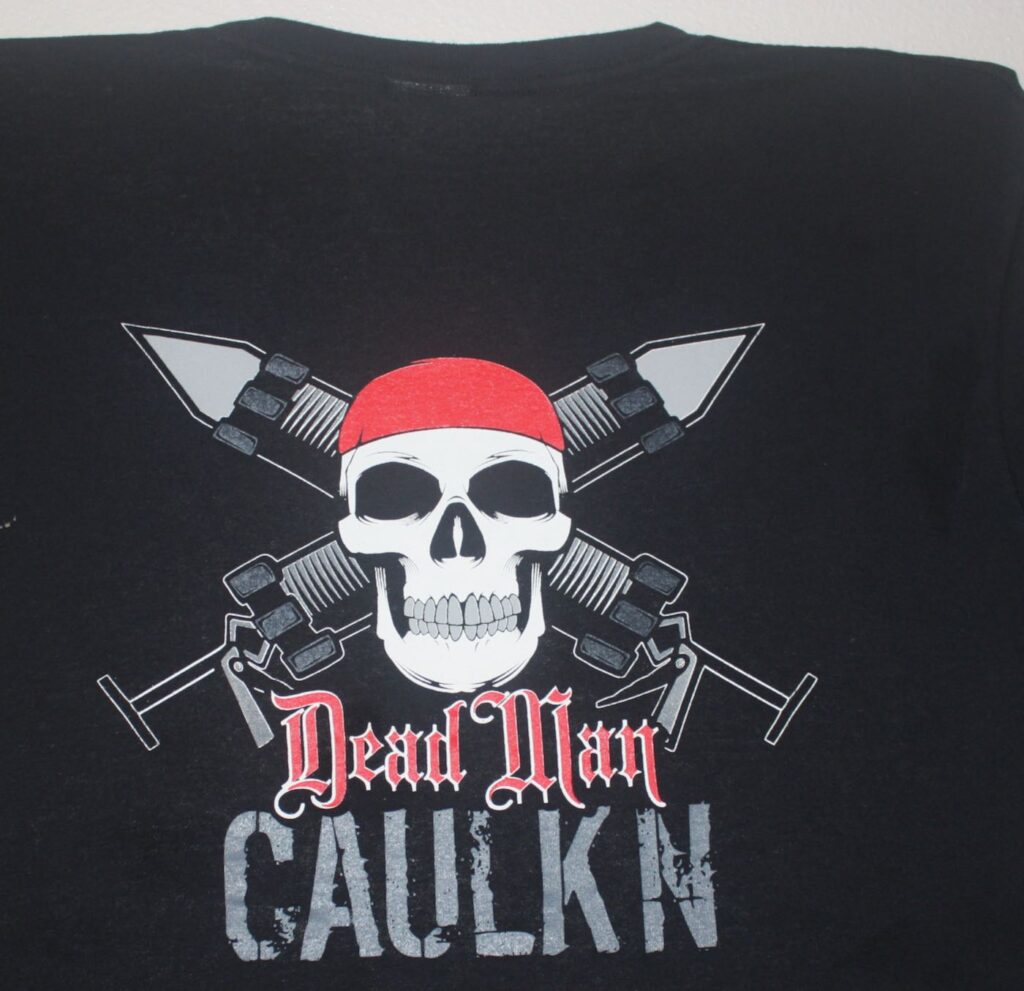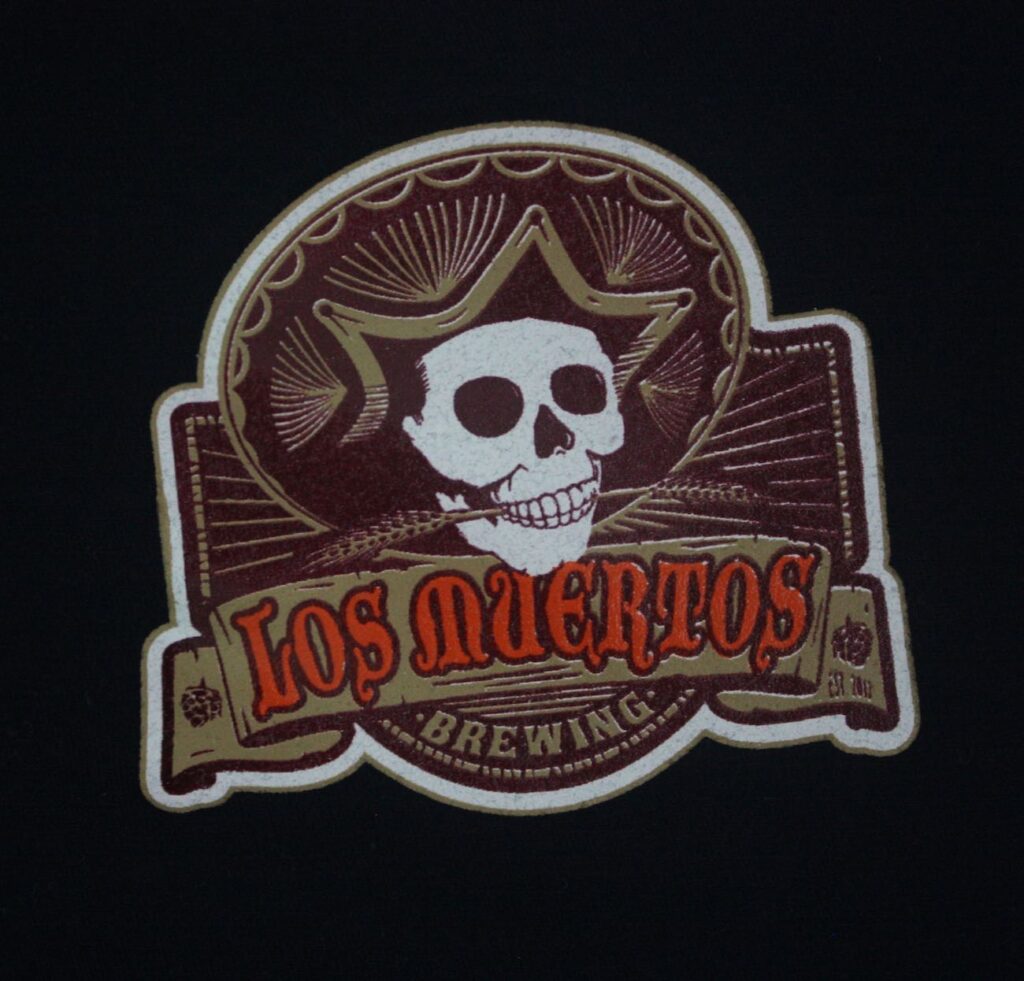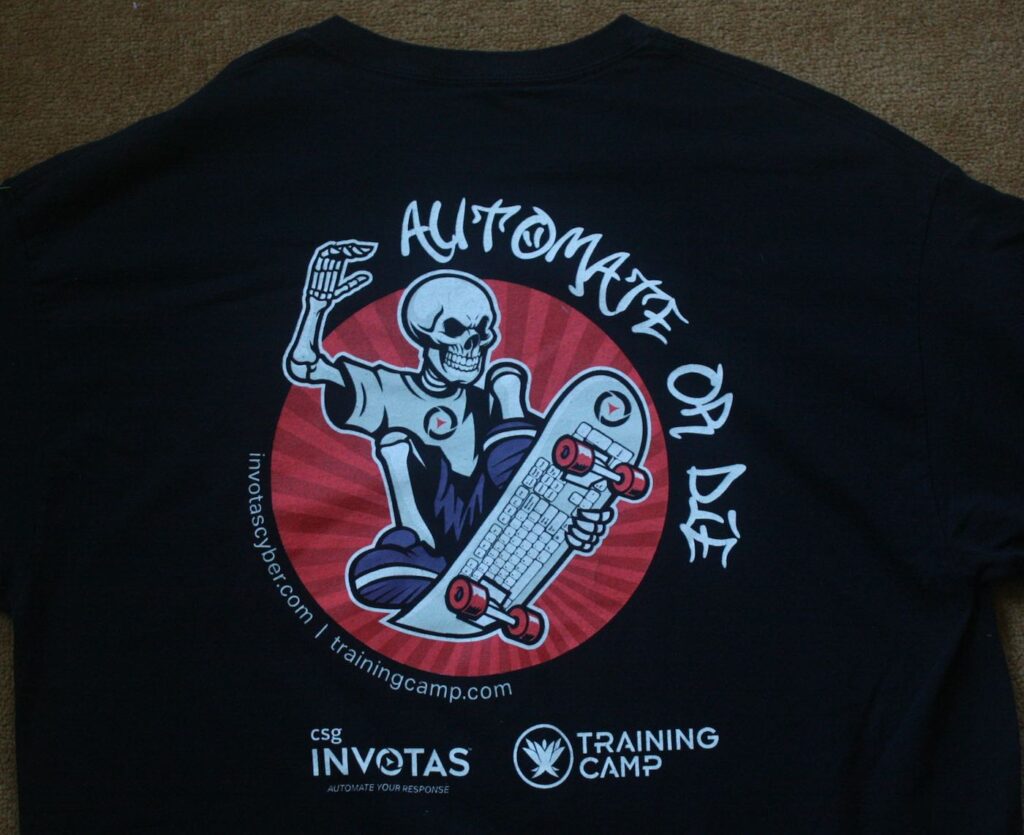
Memes are many across the cotton chests of t-shirts. But if I had to pick just one as dominant, it would be the skull.
Skulls are everywhere. They’re the “badass” meme:” wear a skull and get everybody’s attention. Make everybody think twice about you. That’s important in a world where so many feel unimportant.
Even if all you do is code security software used by corporate data centers, like Invota’s (a company long swallowed up in mergers).
“Hey, look A SKULL! Notice me!” Okay, I notice you. What the hell I am looking at:
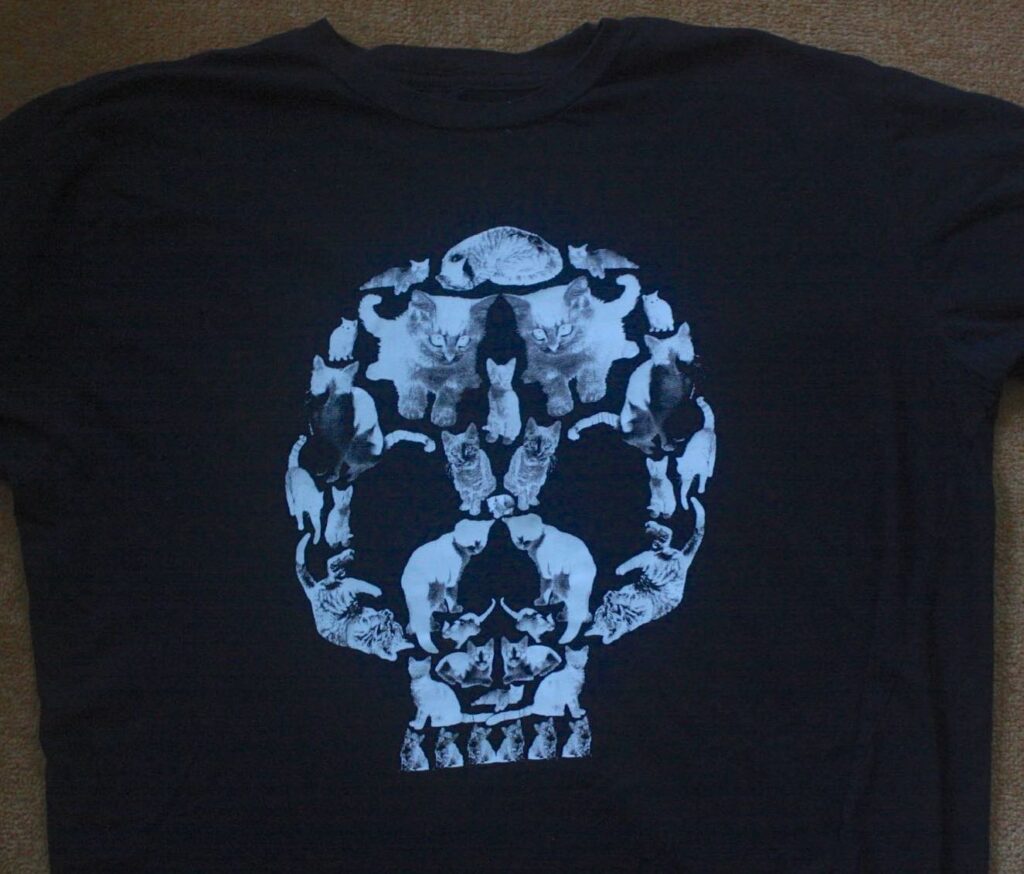
A skull made of kittens? Really? Four or five kitten skull tees of varying designs may be had online. People actually want this. But who? Are Goth girls with cats walking around in kitty skull tees, feeling empowered?
Perhaps. But the point is that anyone can wear a skull these days; it’s edgy, but okay.
Flash back to 60 or 70 years ago when skulls were emphatically not okay. Skulls denoted death, and adults back then knew about death; life was more dangerous. People died more often; more people saw death happen around them. Only a true outsider, a dangerous person, would wear a skull.
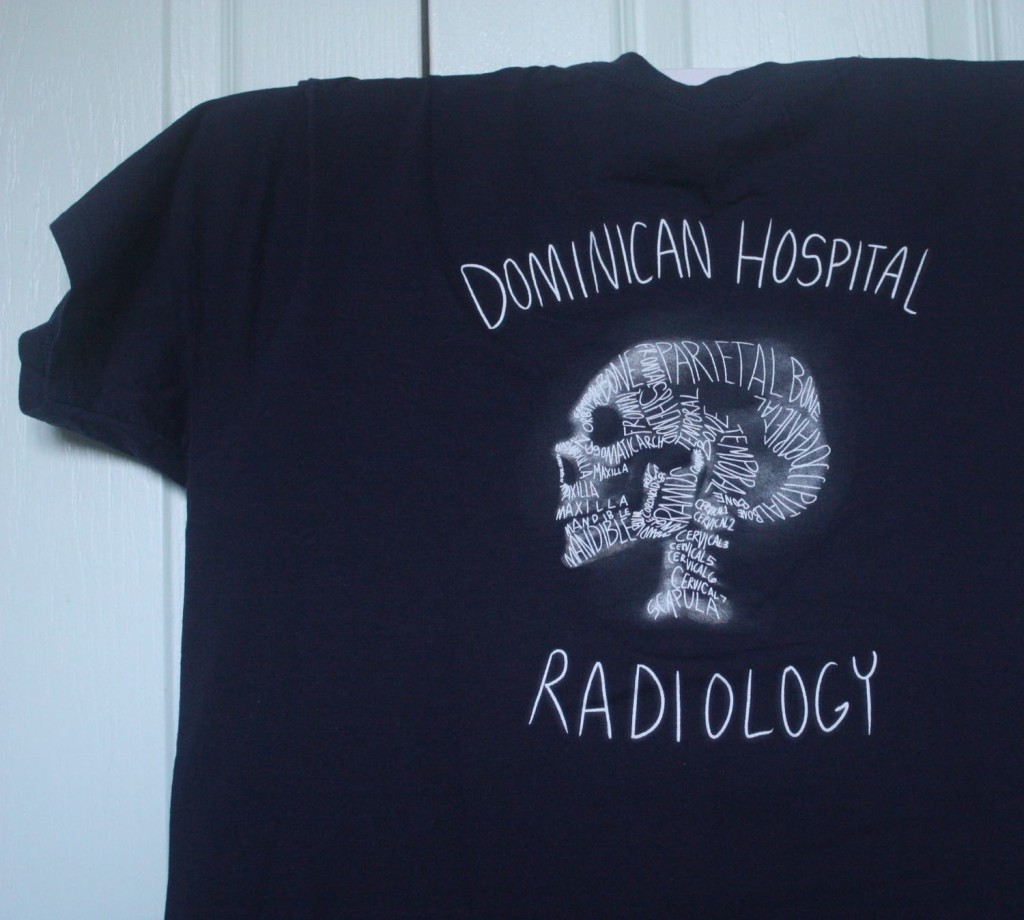
Flash forward in time, when people rarely see death face-to-face. And if you don’t see death, it doesn’t seem real, or threatening. No more real than mowing down aliens in a first-person shooter game.
People die in hospital rooms, away from the family. Plagues have been vanquished: to the point where we don’t believe in them when they do occur. Can you imagine a hospital, decades ago, putting out a t-shirt with a skull on it?
And how about wedding skulls? From 2005:
To be fair, that illustration is a calavera (a symbolic representation of skeletons, as remembrance or satire) from the well-known Mexican graphic artist Jose Guadalupe Posada. But it was also a joke from families and friends about the couple’s decade-long engagement: yes, the managed it before they died, haha. That joke wouldn’t have flown in the ’50s or ’60s.
But these days, it definitely flies. (By the way, the happy couple divorced ten years down the road.) In the meantime, have a cup of coffee.
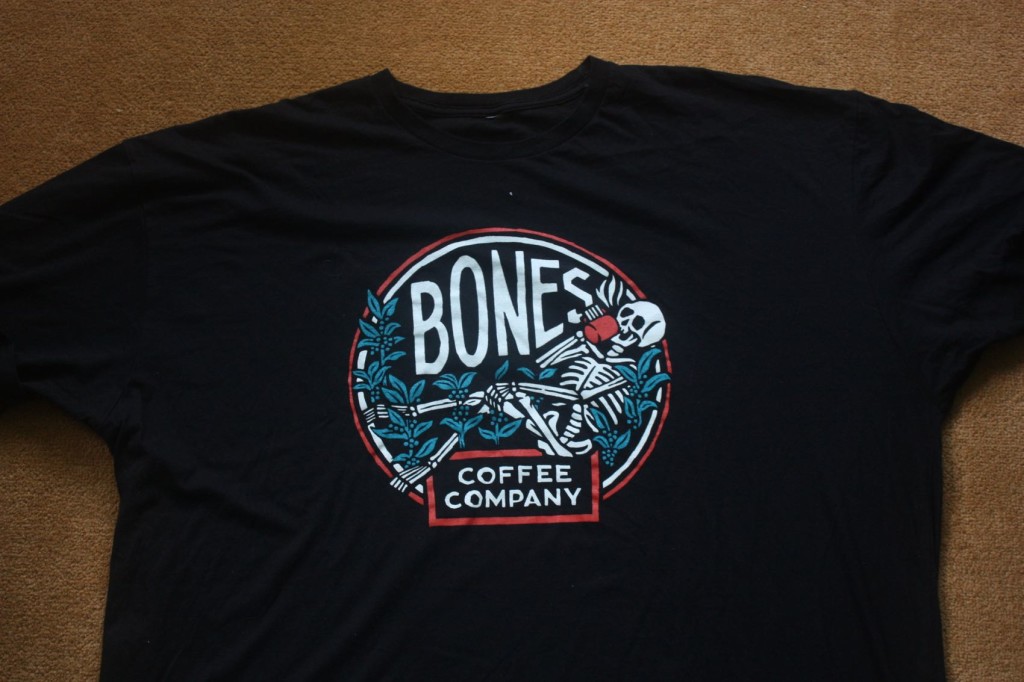
Coffee skulls. I mean, why the hell not, right?
Is this the Afterlife? Does Bones Coffee send you to Heaven? As a skeleton? I’m confused. Not especially interested, but confused. Especially since Bones Coffee offers (online or in your supermarket) confusing coffee: bacon coffee, strawberry-cheesecake coffee, even peanut-butter-and-jelly-flavored coffee.
There’s no story here; just a crazy marketing concept. The marketers went with a skull motif to look edgy, though I think PB&J-flavored coffee would make my stomach edgy all on its own.
I’ve got more skull-themed marketing tees. How about suggestively-named surfboard wax skulls for horny boardsports enthusists? A skull makes you look.
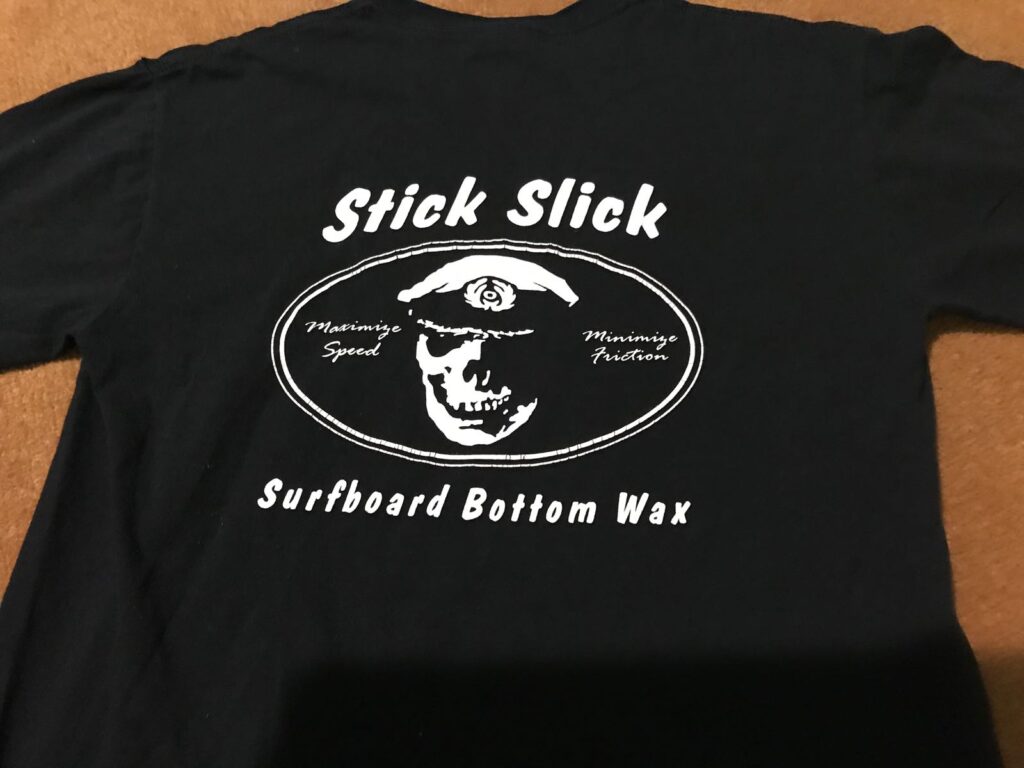
So, how did the transition take place: from symbol of danger to marketing meme? The New York Times published a few stories about it 20 years ago ; the fashion industry’s in their backyard, so they noticed. Their narrative goes like this:
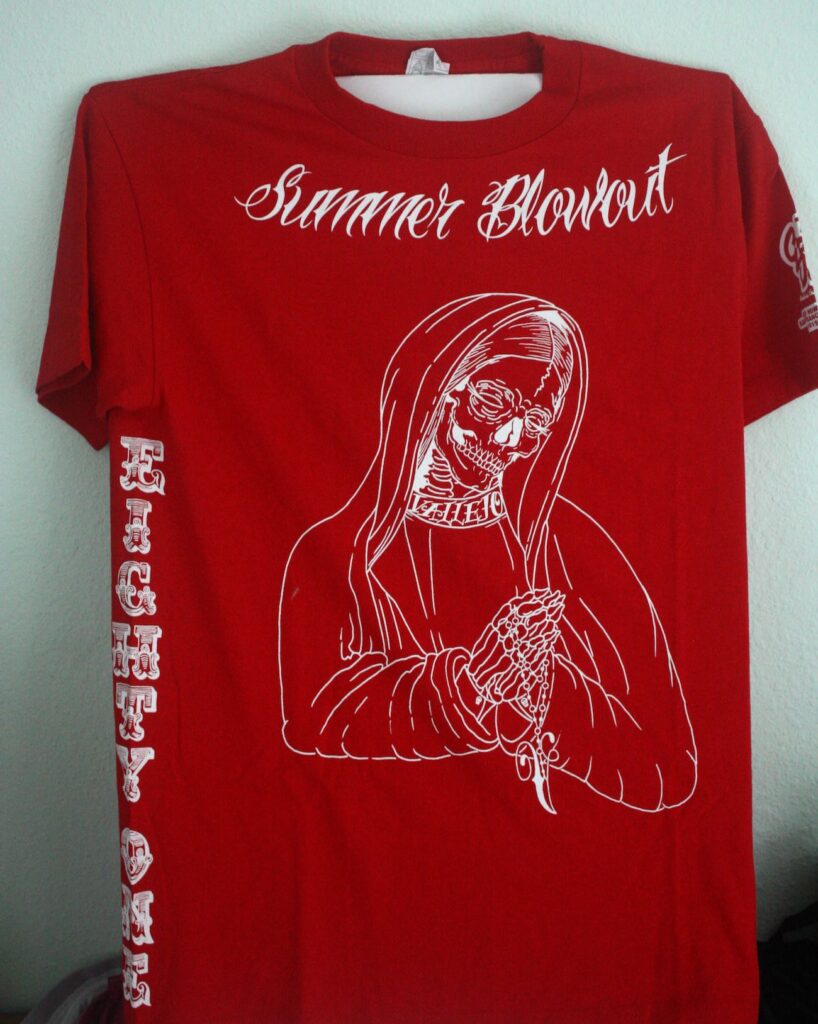
Back in the ’60s, skulls began to work their way through the counter-culture as a symbol of rebellion. The Hells Angels and other motorcycle gangs were seen as rebels. They got publicity; they wore skulls; people wrote books and made movies about them; they were dangerous.
Therefore skulls were dangerous, threatening, and counter to the conventional order of things. The occult movement, the Satanists, the Goths, the heavy metal headbangers : they all claimed the skull as their own.
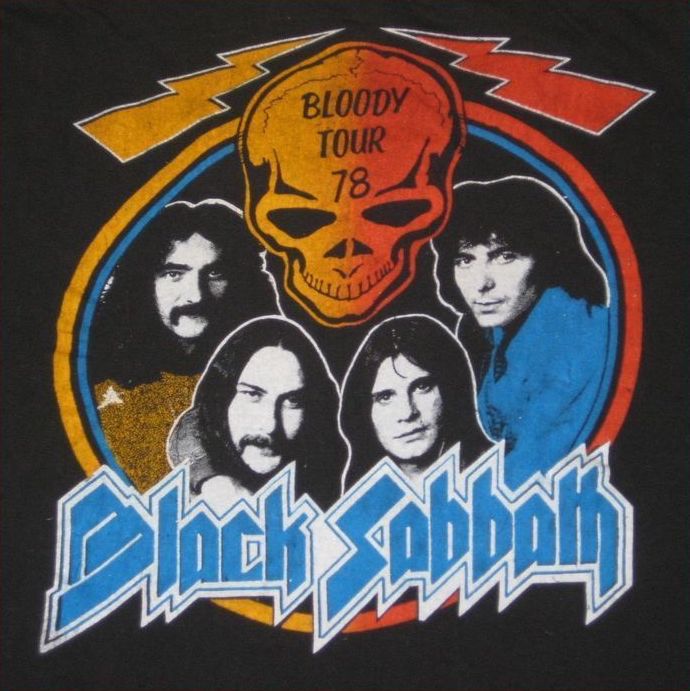
The popular ’70s band Black Sabbath dealt in both occult and satanistic imagery (including skulls) and is considered the first true heavy metal band. Their style was heavy on ominous lyrics and doom. Metal, doom, gothic imagery, Satanism, skulls: Black Sabbath wrapped the whole skull movement into one tight, white, bony package.
Did bands like Black Sabbath shape the culture, or did they just give kids what they wanted? I don’t have enough degrees to attack that one with a straight face.
But the mass marketing of skulls really took off in the ’90s, when a youth fashion store chain called Hot Topic stormed malls from coast to coast. (Thank you again, New York Times.)
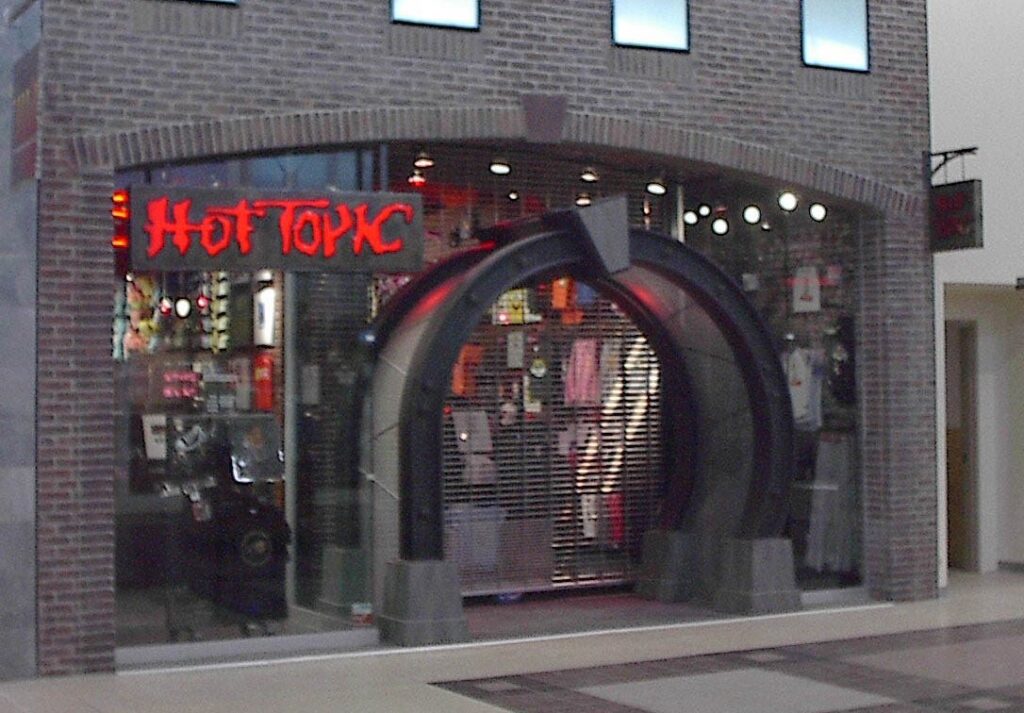
Hot Topic was Mall Goth Central. It carried Goth fashions and makeup (in skull-shaped bottles); skull-bedecked t-shirts and clothing and shoes; licensed rock and heavy metal t-shirts and merch with and without skull imagery from the popular bands, all on one giant wall. Skull clothing was now easy for teens to get in ‘burbs everywhere. Or nearly everywhere.
Then Disney iced the skullcake for middle-class America with the “Pirates of the Carribean” movie series. After that, it was animated CGI skulls for the whole family! Skulls were now….. PG-rated. You could use them for anything, as on these t-shirts below.
In 2006 the New York Times declared that the skull had lost its fearsomeness and become “the Happy Face for the 2000s:” available now on t-shirts, tennis shoes, packing tape, Christmas lights, hand tools, polo shirts, fine jewelry, and more. As the Times said “A skull can mean anything you wanted it to mean.” Except that, somehow, it always meant that you were a badass.
Unions, which always want to look strong and bad-ass, were not immune.

Bail bondsmen like skulls, too. After all, if your clients think that you’re dangerous, maybe they won’t try to skip bail on your money.
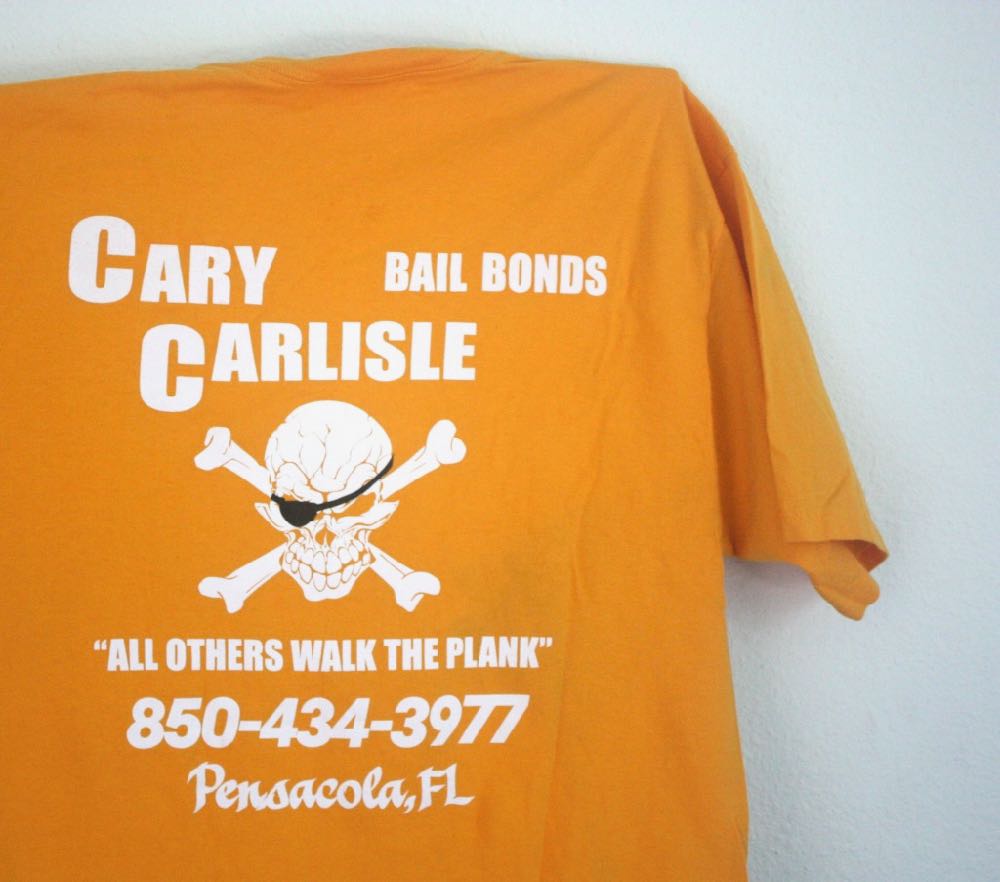
But when everyone can be a bad-ass, is anyone really a bad-ass? In the Times article an expert on Goth culture said: ““Throughout hundreds of years of history, what the skull has communicated is, ‘I am dangerous.’ That’s where the irony is. You can buy dangerous for $11.99 at Kmart.”
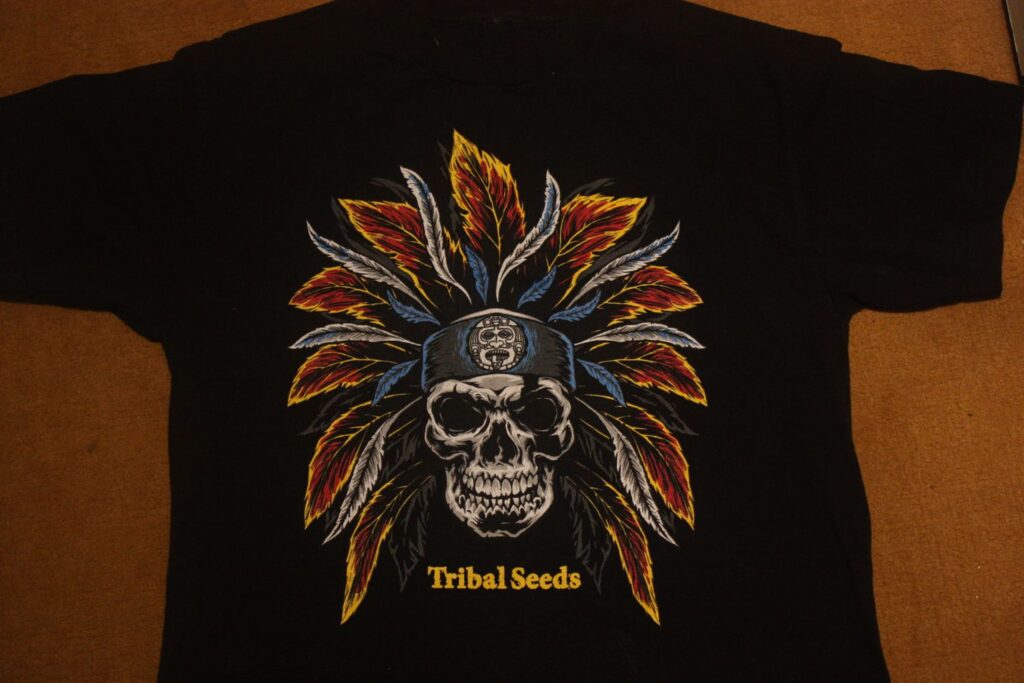
Yes. You could. And you still could, if K-Mart still existed; but there is Target. My burst of insight came via a toddler wearing turquoise jammies with a pattern of black skulls. I found him leading his almost-middle-aged parents down the sidewalk of Santa Cruz’ main drag one fine Saturday afternoon.
His parents gazed down at him fondly: Toddlers don’t usually choose their own jammies, so I’ve gotta believe that his parents thought it cute: “Look, Tyler’s such a little BADASS… just like us.”
One thing you can say about marketing: it always taunts you with what you don’t have. So that you’ll have to buy it. We live in a troubled world. Factors beyond our control threaten all of us.
What better time to show your skull and claim your inner bad-ass? And feel in control — even if it doesn’t mean much. Or anything. Just $59.95.
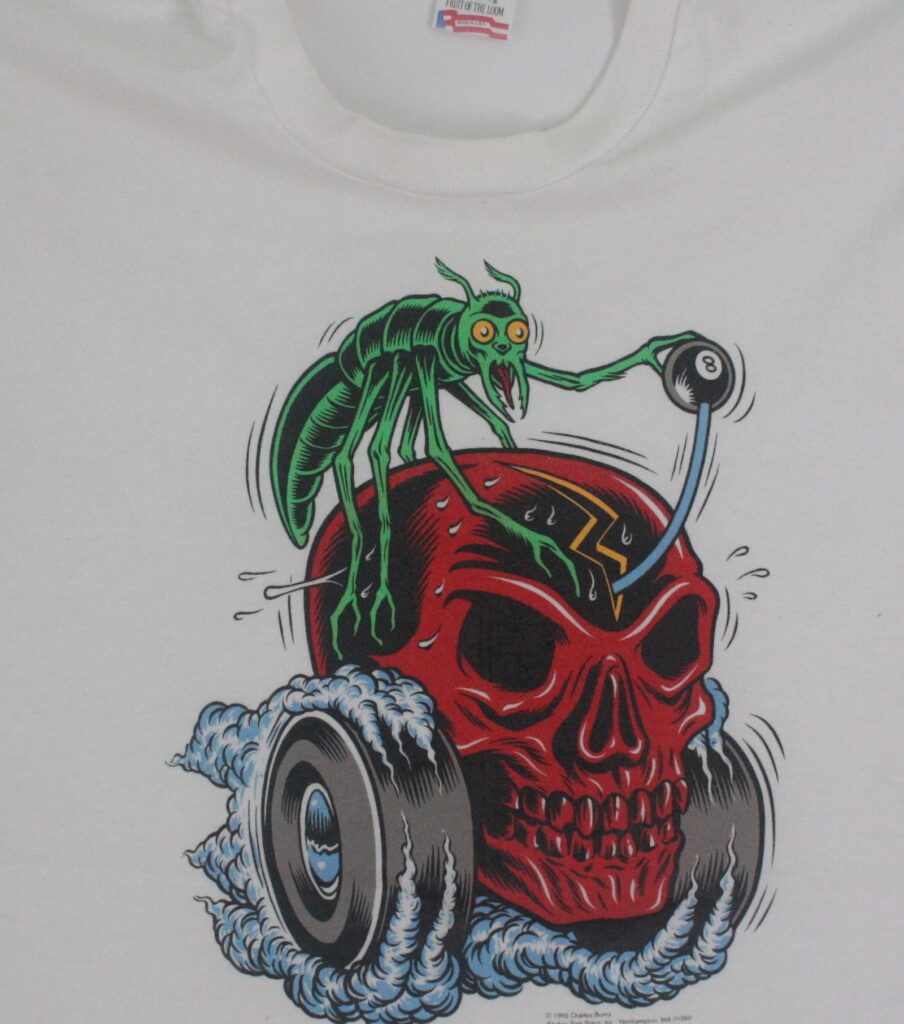
Go on. Everyone’s doing it.

